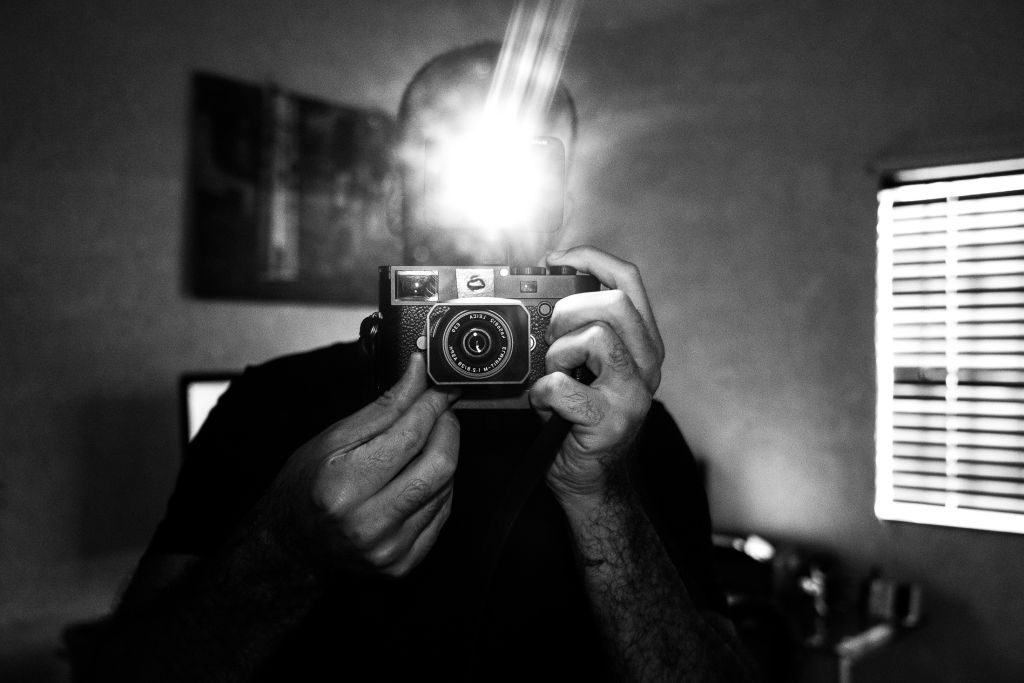CARDS:
To be honest, I was tired of SD cards. I have always preferred and chosen compact cards because they are more reliable and larger. I feel more confident shooting with two large CF cards, than with an SD. And the XQD? I do not shoot sport, so I do not need them. With the performance of Buffering and the correct CF, in the way I shoot, I do not need more.
Configuration:
For people like me, who love to always read the manual and have the best advantage and the best possible performance of each device, the Nikon D5 always makes me happier :-)
The body has an incredible way to configure all the buttons
I changed many things and my D5 is very different from one with the factory default settings. This important flexibility for the configurations that I love, along with a fast and accurate AF, plus the excellent high ISO performance, plus buffering, makes me faster than with any other camera. All this for the main purpose: to have a camera that understands you and never abandons you.
BATTERY:
It lasts for a whole wedding, in fact I've never completely finished a battery. The picture taken does not play automatically on my screen, I disable the function so that the battery can last longer and I do not need to look at the screen frequently; so I take up to 5,900 photos with a single battery, leaving a symbolic charge of 6%. Depending on how long or how far away your home may be from your event, if you bring two fully charged batteries (even for more than one day's coverage), you probably will not need a charger. This freedom to put large cards with great capacity and use only one battery, don't you think it's useful? Focus more on the story and less on the worry of changing the battery.
Speed and reaction:
The time that this camera takes to react to a command is one of the fastest out there, and it’s proved. Amazing. Remember, these fractions of a second can make the difference.
Sturdiness:
This camera is a tank. No matter if there is dust, rain, blows or demanding conditions, the camera is still working 100% without a doubt. With a D810 I would not be so happy to work in the rain, but with the D5 there is no problem!

